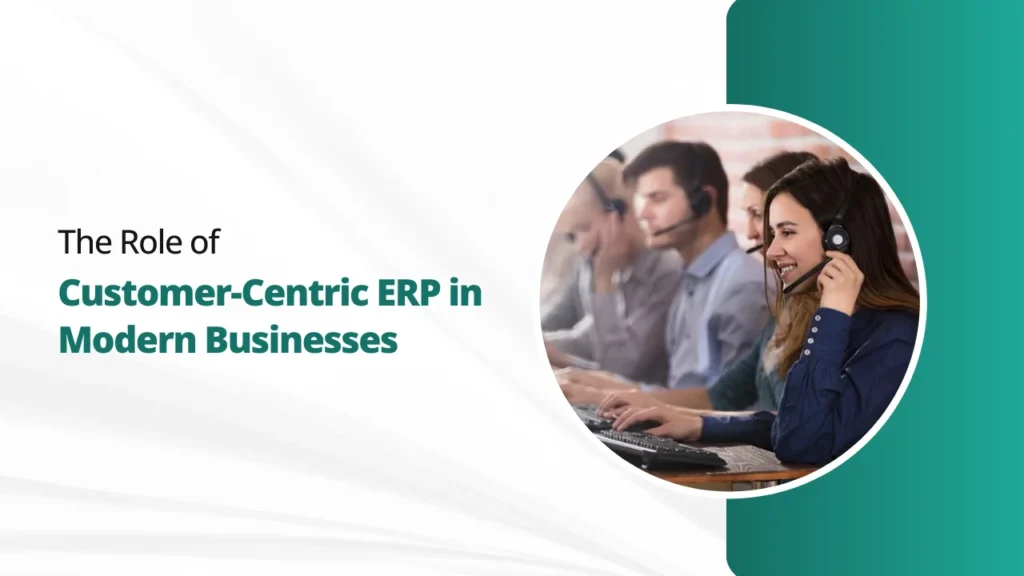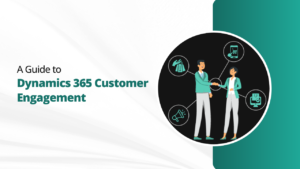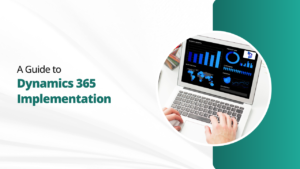Simply offering a good product is no longer enough in this digital age. Customers demand personalized experiences, seamless interactions, and instant gratification. To survive here, businesses need to shift their focus to customer obsession. This is where customer-centric ERP comes in as the ultimate secret weapon.
Traditional ERP systems were primarily designed for simplifying internal operations and optimizing supply chains. While these functions are still crucial, customer-centric ERP takes it further by putting the customer at the heart of every process. This means integrating data from across the organization – and providing a holistic view of the customer journey.
In this blog, you will learn the benefits and strategies of customer-centric ERP for modern businesses.
Why is Customer-Centric ERP So Important?
Customer-centric ERP refers to a business management strategy that prioritizes the needs and experiences of customers. With the rise of customer-centricity in business, there’s a growing recognition of the importance of integrating customer-related data and functionalities into ERP.
But why is customer-centric ERP so important? Here are the reasons:
- Personalized Experiences: Customer-centric ERP allows you to analyze purchase history, communication data, and social media interactions. This helps to create personalized recommendations, offers, and marketing campaigns. This enables deeper loyalty and boosts customer satisfaction.
- Operational Efficiency: With real-time visibility into inventory, orders, and service requests, you can optimize processes and resources. This helps to deliver faster turnaround times and resolve customer issues quickly. This not only improves customer experience but also reduces costs and increases efficiency.
- Predictive Insights: Customer-centric ERP goes beyond historical data. They use AI and machine learning to predict future needs and behaviors. This enables proactive recommendations and even targeted marketing campaigns.
- Empowered Employees: When employees have access to a single source of truth about the customer, they can make personalized interactions. This fosters a culture of customer-centricity throughout the organization.
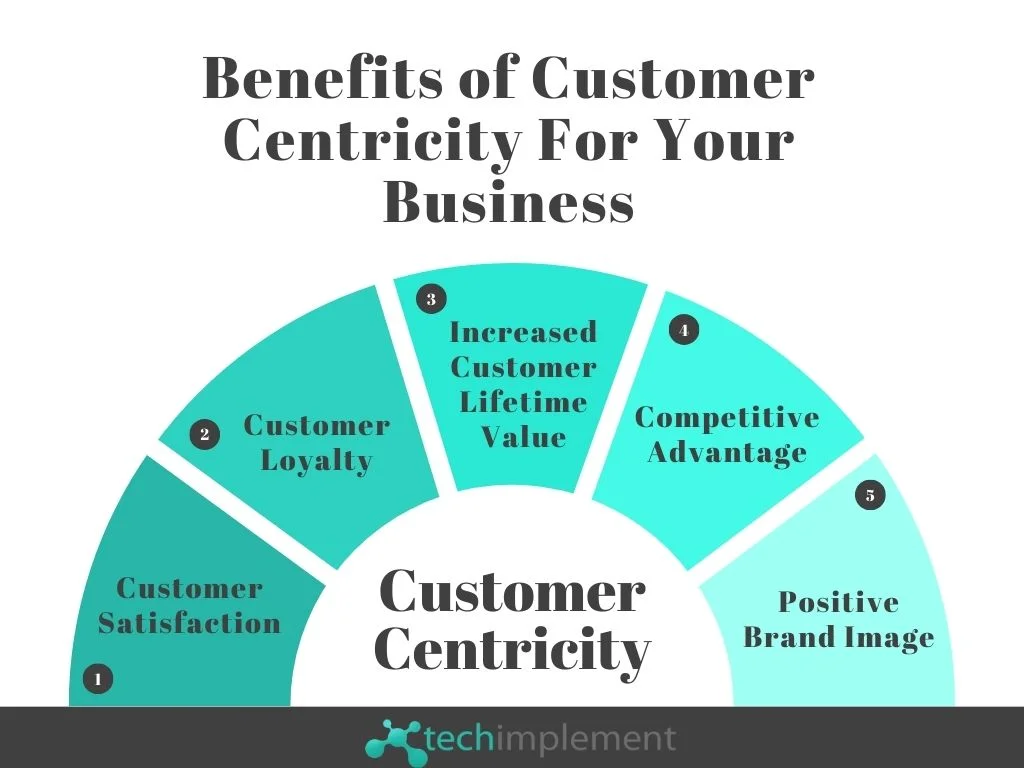
Key Features of Customer-Centric ERP
Key features and aspects of Customer-Centric ERP include:
1. 360-Degree Customer View:
Customer-centric ERP systems provide a unified view of customer data across various touchpoints. This includes interactions, preferences, purchase history, and other relevant information.
2. Integrated CRM:
These ERP solutions seamlessly integrate CRM functionalities. This enables organizations to manage and analyze customer interactions. It also helps to track leads and streamline sales and marketing processes.
3. Personalization: Customer-centric ERP focuses on delivering personalized experiences to customers. This involves customizing products, services, and communications based on individual preferences.
4. Order and Service Management:
Efficient order processing and service management functionalities are integrated into the ERP system. This includes order tracking, status updates, and after-sales support.
5. Data Analytics for Customer Insights:
Analytics tools within Customer-Centric ERP help to derive valuable insights from customer data. This information can be used to identify trends and predict future customer behavior.
6. Responsive and Agile Operations:
These ERP systems are designed to adapt quickly to changes in customer demands. This agility allows businesses to respond promptly to customers, improving customer satisfaction.
7. Collaboration Across Departments:
Customer-centric ERP encourages collaboration between departments. It breaks down silos that can hinder a holistic understanding of customer interactions. This cross-functional approach ensures a consistent and coherent customer experience.
8. E-commerce Integration:
For businesses engaged in online sales, Customer-Centric ERP integrates with e-commerce platforms. This enables a unified view of customer interactions both online and offline.
Implementing a customer-centric ERP system is about more than just technology. It requires a shift in mindset. Organizations need to be willing to break down silos, share data openly, and prioritize customer needs above all else. But the rewards are undeniable: increased customer satisfaction, loyalty, and revenue growth.
How to Transform Your Business into a Customer-Centric Powerhouse?
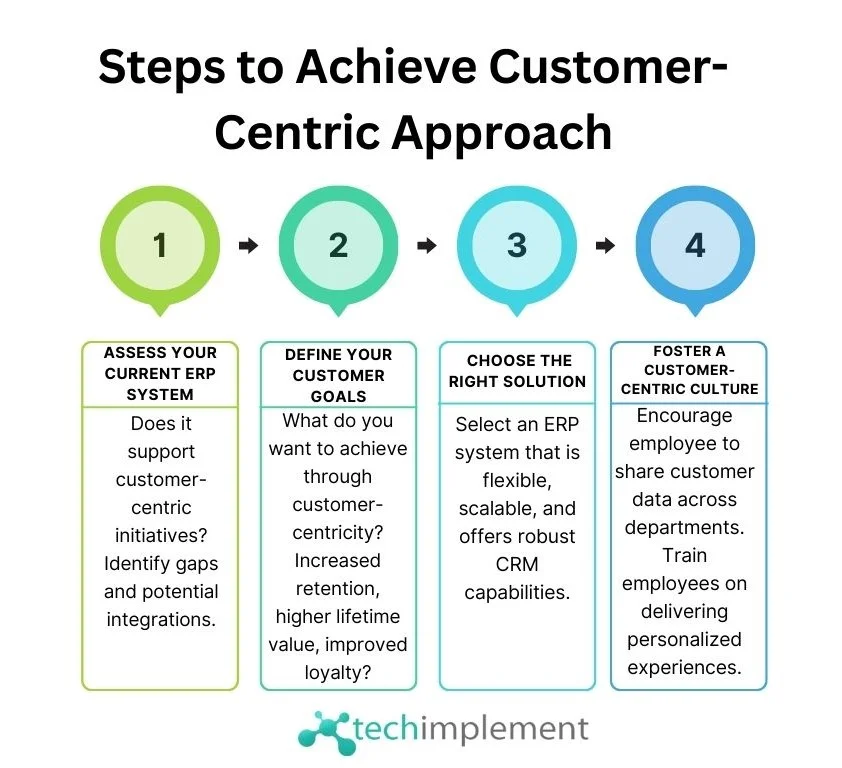
Steps to Transform Your Business in a Customer-Centric Powerhouse
- Invest in customer-centric ERP.
- Develop compelling customer personas.
- Map the customer journey.
- Personalize marketing and communications
- Empower employees with customer knowledge.
- Gather and analyze customer feedback.
Key areas to focus on:
- Customer experience: Design delightful interactions across all touchpoints, pre- and post-purchase.
- Product development: Involve customers and modify products to their specific needs.
- Pricing and promotions: Offer personalized pricing and promotions to enhance customer value.
- Customer service: Provide prompt, efficient, personalized service that surpasses expectations.
- Community building: Foster community and loyalty by engaging with customers on social media.
Customer-centric ERP is not just a trend, it’s a necessity for modern businesses. You can stay ahead of the competition by putting the customer at the heart of everything you do.
Remember, in today’s experience economy, the customer is king. And customer-centric ERP is the crown you need to wear.
FAQs
What is customer ERP?
Customer ERP is an approach where ERP prioritizes customer needs, integrating data and functionalities to enhance customer-centricity in business.
What is a customer-centric system?
A customer-centric system is a business approach that prioritizes and modifies services, products, and interactions based on customer preferences.
What are the key 4 steps of customer centricity?
It includes understanding customer needs, aligning products/services with those needs, fostering customer engagement, and continually adapting strategies based on customer feedback.
What are the 3 benefits of customer centricity?
The benefits of customer centricity include increased customer satisfaction, enhanced brand loyalty, and improved profitability.

